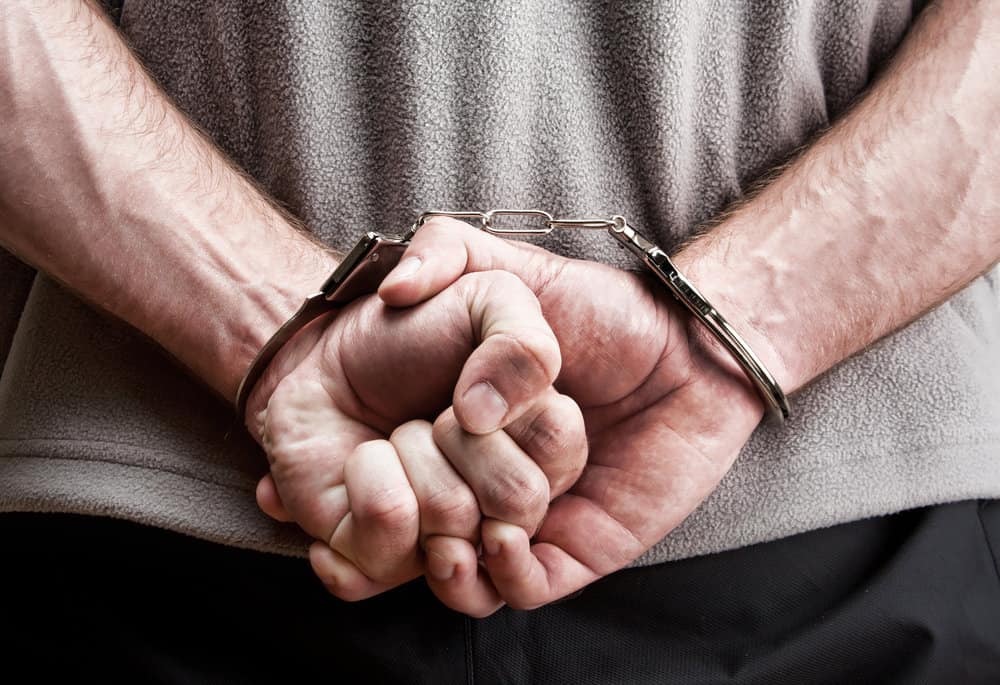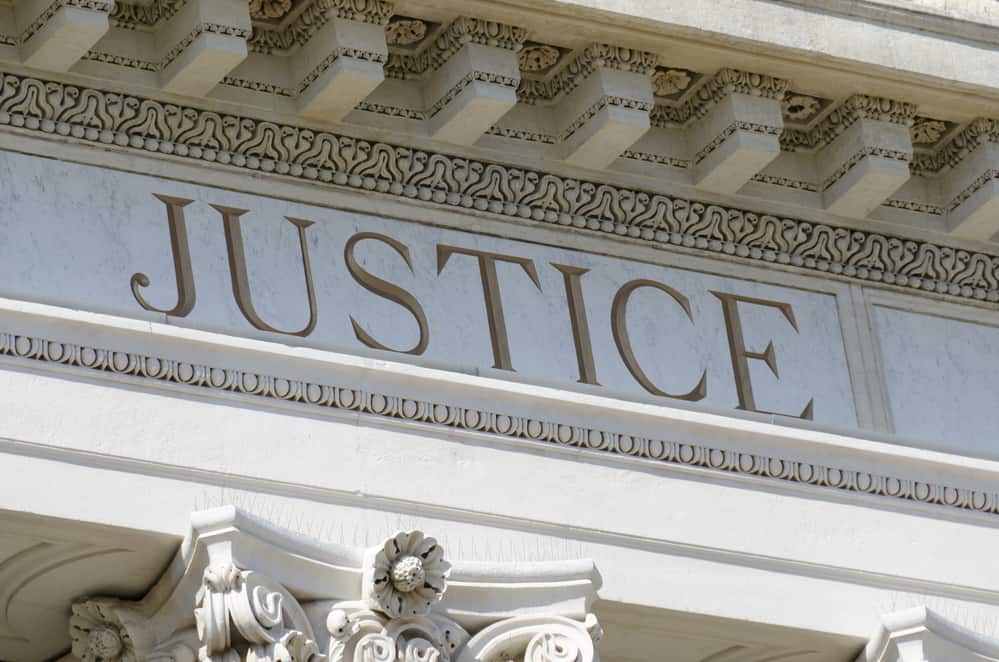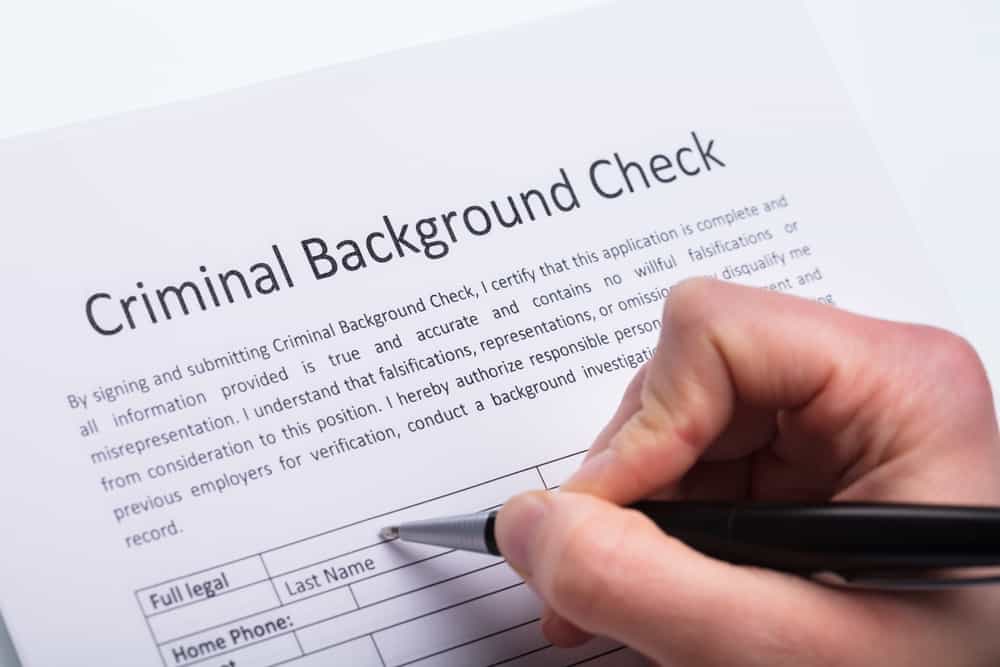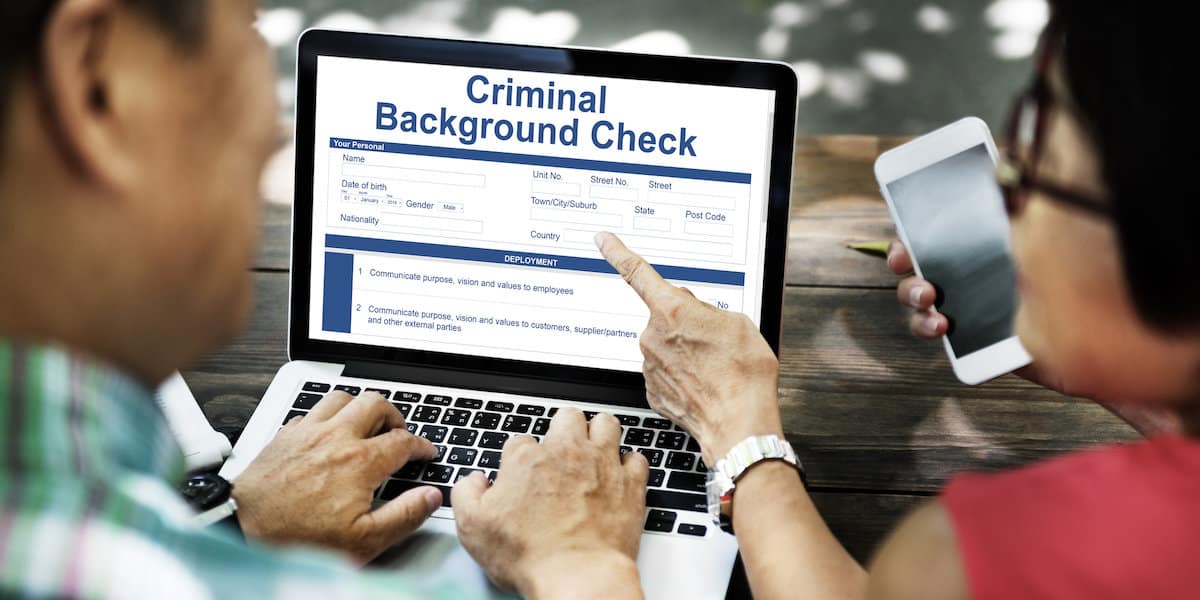An outdated and unfair criminal justice system continues to result in devastating consequences for crime prevention, rehabilitation, and fair justice in the U.S.
The United States has almost 7 million people under correctional control, making it the world leader in incarceration. Out of those, about 2.2 million are serving sentences, and the rest are on probation, parole, or under community surveillance.
It is estimated that 100 million have a criminal record. Criminal justice reform has become necessary since most incarcerations are not caused by increasing crime rates but by the persistence of adhering to extremely punitive policies and sentencing laws.
One of the most significant consequences of the current criminal justice system is its impact on minority communities – with whole generations condemned to a vicious cycle of incarceration. It also aggravates social, economic, and racial inequalities. These lead to relapses, unemployment, and other social handicaps – without objective evidence that it prevents crime. COVID-19 has also highlighted the inefficiencies of a system that relies on incarcerations.
A study conducted by Time magazine found that 39% of people in prison did not threaten public safety, and their release could save the country $20 billion annually. Of these, 25% are lower-level, non-violent offenders who could benefit from alternative reforms, and 14% have already served long sentences for serious crimes and could safely be released.

These are the fifteen biggest problems the outdated U.S. criminal system faces today:
1. Law enforcement and policing
Sending armed officers in uniforms to respond to 911 calls often leads to situations like the one that led to the death of Rayshard Brooks in Atlanta in mid-2020. It is estimated that 80% of nationwide calls to 911 are not made because of violent or property-related offenses. That indicated it should not be the police responding to them.
Additionally, many people, mainly from minority groups, do not call emergency services because they fear that the responders will be police officers. The system needs reforming to ensure the proper responders are sent out to deal with each specific situation, especially drug-related and psychological distress.
2. The 1994 Crime Bill
The 1994 Crime Bill increased the number and length of incarcerations, and more funding went into building jails and prisons. Also, the possibility of early release was reduced. These measures increased the amount of taxpayers’ money invested in enforcement and led to disproportionate incarcerations among African-American men. Its effect on public safety was minimal.
3. Mandatory minimum sentencing
Mandatory minimum sentencing is a court’s minimum sentence for a specific crime, even in unique circumstances. Unfortunately, even though more than half of federal inmates are incarcerated under these mandatory provisions, there is no correlated increase in public safety. Prosecutors often have incentives to send people to prison, and they can pick the charges they want to send someone to jail for.
Rachel Barkow, author of “Prisoners of Politics: Breaking the Cycle of Mass Incarceration,” is quoted from an interview with CBS News: “Instead of having a judge decide what the sentence should be, prosecutors can make that decision. That is problematic because the judge is at least an objective third party with no stake in the outcome. The prosecutor, however, can threaten people with mandatory minimums to get them to plead guilty.”
4. Poverty continues inhibiting prevention and recidivism
Some issues contributing to the high number of incarcerations include drug use and mental health. The money for policing and detentions could be better spent on community prevention and treatment programs. Recidivism can also be reduced if the federal Pell Grants were restored to inmates.
These grants allowed federal education support and financial aid to help rehabilitate those incarcerated and give them a second chance. Additionally, the system requiring people to pay cash bail adds to the problem. It is estimated that 3 out of 5 people in jail have not been convicted of a crime but are too poor to meet the bail set by the court.
5. Handling of juveniles
Juveniles are often tried as adults in the criminal justice system and are not given parole eligibility. Also, policing neighborhoods and schools often criminalizes minor offenses and contributes to unnecessary violence. This leads to a stigma or psychological trauma that can lead to increased criminal activities.
6. Prosecutorial Discretion
Prosecutorial discretion is the ability of prosecutors to determine which charges and what sentences are pursued in criminal cases without any form of accountability or oversight. This has resulted in excessive punishments and racial disparities in sentencing.
7. Over-Policing
Over-policing occurs when police focus too much on certain communities instead of relying on proactive policing strategies that prioritize crime prevention and public safety. This has led to increased arrests for minor crimes, the criminalization of poverty, and increased mass incarceration rates.
8. Incarceration Conditions
Incarceration conditions in US prisons are often overcrowded, unsafe, and unhealthy, with inadequate access to medical care or rehabilitative services; a growing body of research suggests that incarceration conditions can contribute to physical and mental health issues in inmates and the likelihood they will recidivate.
9. Lack of Access to Rehabilitative Services
Incarcerated individuals often lack access to rehabilitative programming or services to help them better re-enter society after being released from prison. This increases recidivism rates, making it more difficult for formerly incarcerated people to find employment or housing opportunities outside prison.
10. Unfair Sentencing Practices
Unfair sentencing practices are based on racial disparities, socioeconomic status, and gender inequity in the criminal justice system. These sentencing guidelines result in harsher penalties for certain offenses.
Comprehensive criminal justice reform is needed to ensure fair and equal sentencing for all individuals. This would include abolishing the death penalty, life without parole sentences, mandatory minimums, and other inhumane punishments.
Additionally, it should focus on providing rehabilitative services for those incarcerated so that they can successfully re-enter society after their release with support from the community.

11. Unjust Drug Laws
The US has some of the harshest drug laws in the world despite growing evidence that decriminalization or legalization is more effective at reducing addiction and associated crimes than long-term incarceration. These laws have resulted in a disproportionate number of Black and Latino people being arrested, charged with felonies, and incarcerated—leading to increased mass incarceration.
Reforming these laws can help reduce recidivism and provide much-needed treatment for those suffering from addiction rather than simply throwing them in jail.
12. Inadequate Legal Representation
People of color, especially African Americans, can often not access adequate legal representation due to social or economic status and lack of resources. This results in people facing criminal charges without legal defense and exacerbates racial disparities within the justice system. Access to equitable and quality legal representation is essential for a fair and just criminal justice system.
13. Police Militarization
Police militarization refers to the increasing use of military equipment, tactics, and training by law enforcement agencies. This has resulted in a culture of excessive force and violence and increased risk to police officers and civilians. The militarization of the police can lead to racial profiling, discrimination, and disproportionate use of force against people of color—contributing to mass incarceration rates. Reform is needed to ensure that policing practices do not harm or discriminate against certain groups while protecting public safety.
14. Unjust Immigration Laws
The US immigration system is overly punitive and has criminalized undocumented individuals by labeling them as criminals and subjecting them to harsh detention conditions, deportation proceedings, or long-term jail sentences for minor offenses. This has led to an increase in the number of immigrants being detained and incarcerated— comprehensive immigration reform is needed to ensure that immigrants are treated with dignity and respect. This should include a pathway to citizenship, abolishing detention centers, and restoring due process rights for all individuals facing deportation proceedings.
15. Lack of Mental Health Services
Mental health issues often go untreated in the criminal justice system due to inadequate resources and access to care. Incarcerated individuals often struggle with mental illness or substance abuse without support from counselors or other healthcare professionals—leading to increased self-harm or even death in prison.
Reforming this system requires increased funding for mental health services and improved access to counseling and rehabilitation programs inside and outside prisons. This could help reduce the criminal justice system that is fair and just not only for those accused of a crime but also for the victims. This includes ensuring all individuals have access to adequate legal representation, reducing racial disparities in sentencing and prosecution, providing more access to rehabilitative services, and ensuring that those with mental health issues receive the care they need.
With comprehensive reform, we can ensure a criminal justice system that truly upholds fairness and justice for all. Addressing these challenges needs concerted efforts across the criminal justice system if the number of incarcerations is reduced and crime numbers are kept low.
How should the criminal justice system respond to the problems with forensic evidence?
According to the Innocence Project, faulty forensics contributes to nearly half of DNA exonerations and almost 1/4 of all exonerations.
What are some problems with the criminal justice system?
An outdated and unfair criminal justice system is having devastating consequences for crime prevention, rehabilitation, and fair justice in the U.S.
How can the criminal justice system be improved?
Other methods besides incarceration need to be implemented. Trials must be fair to all, the rich and poor alike. Sentencing especially needs to be completely impartial and unbiased.
What is an essential part of the criminal justice system?
The criminal justice system is made up of three branches of equal importance. Unlike the TV show, law and order comprise three parts in reality. Police who investigate crimes, the justice system that ensures appropriate punishment, and the corrections system that carries out the punishment must act to reduce recidivism.
Why is the effectiveness of the judicial system so important?
The justice system is supposed to deliver justice to all. Innocents need to be protected. Criminals need to be convicted. Fair justice and policing are necessary to maintain law and order nationwide.
Why is the criminal justice system considered a nonsystem?
The justice system in the United States is considered a nonsystem for two reasons. First, because there is no centralized authority. Fifty thousand agencies enforce the law on behalf of various federal, state, local and tribal authorities.
Second, each agency cooperates using a set of protocols and arrangements but essentially acts independently.



